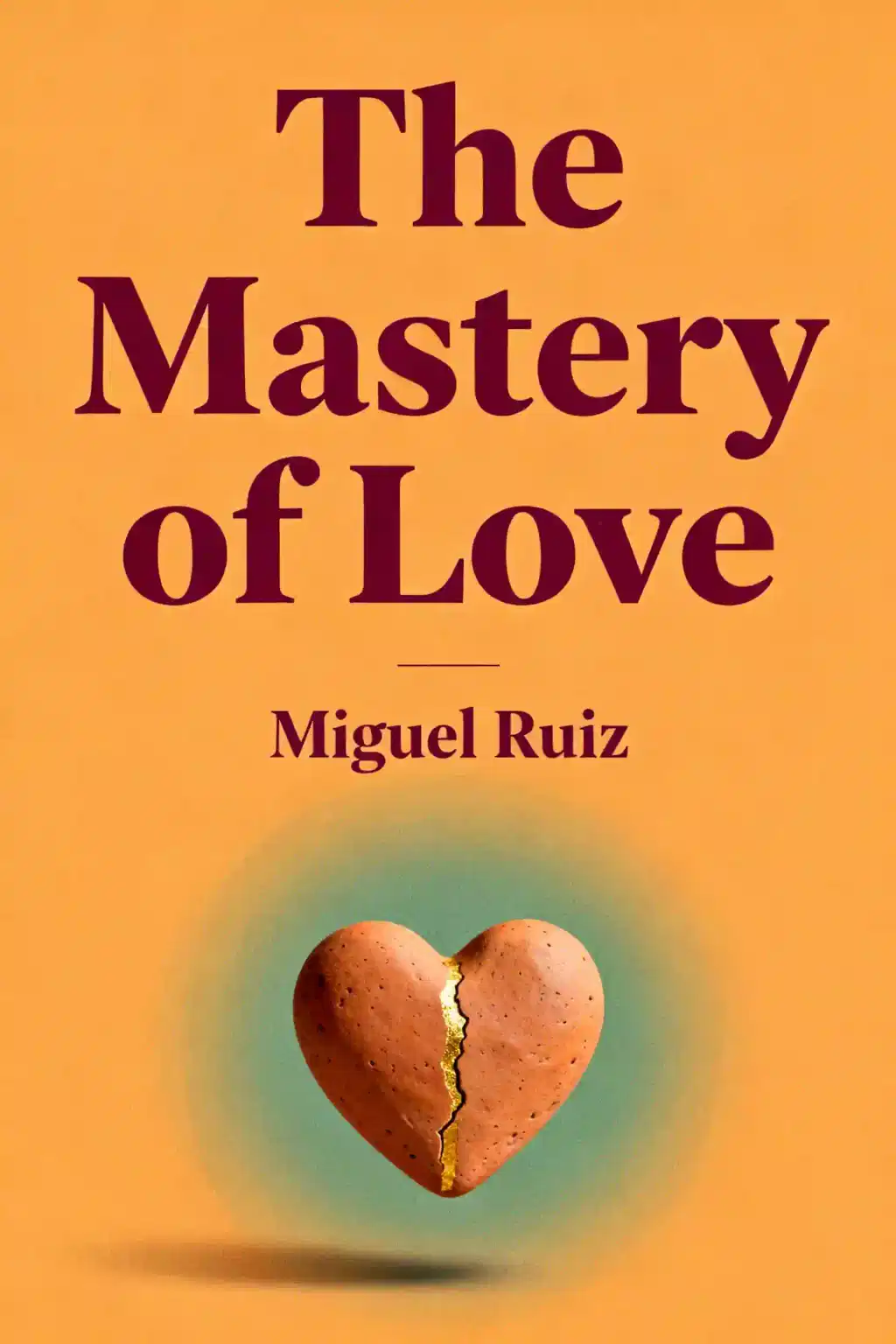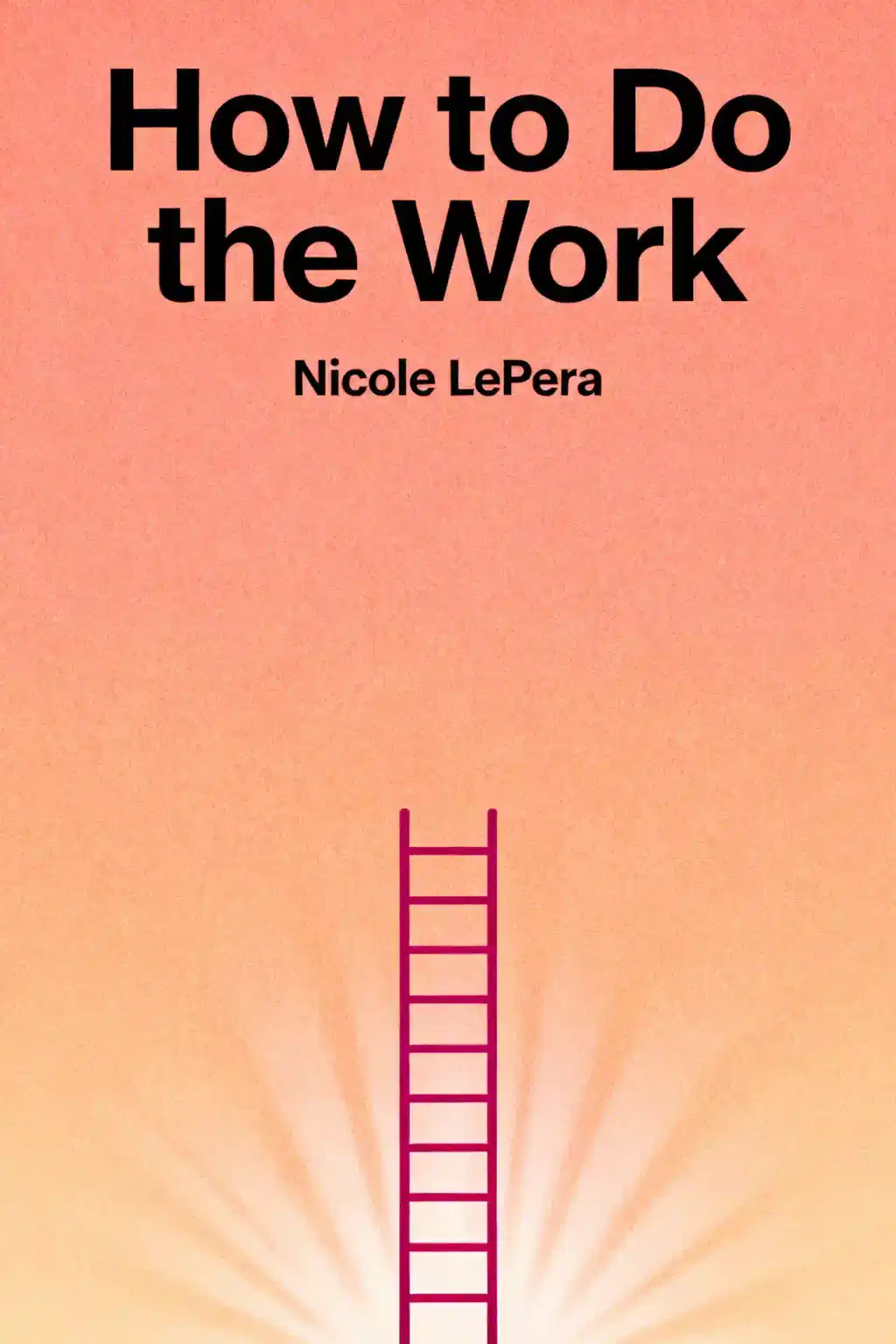What is
The Mastery of Love by Don Miguel Ruiz about?
The Mastery of Love explores relationships through ancient Toltec wisdom, emphasizing self-love, emotional healing, and overcoming fear-based patterns. Ruiz uses metaphors like the "magical kitchen" to illustrate how inner abundance transforms relationships from scarcity-driven struggles to joyful, unconditional connections. The book blends spiritual insights with practical advice on breaking societal conditioning and fostering mutual respect.
Who should read
The Mastery of Love?
This book is ideal for anyone facing relationship challenges, seeking personal growth, or interested in Toltec philosophy. It resonates with readers wanting to heal emotional wounds, understand fear’s role in love, or cultivate self-acceptance. Therapists, spiritual seekers, and fans of Ruiz’s The Four Agreements will find actionable wisdom here.
What are the main concepts in
The Mastery of Love?
Key ideas include:
- Self-love as foundation: Recognizing inner abundance to avoid dependency on external validation.
- Fear vs. love: How fear-based beliefs sabotage relationships and how to replace them with trust.
- "Domestication": Societal conditioning that creates unrealistic expectations and self-rejection.
- Playfulness and freedom: Restoring joy by shedding emotional baggage.
How does
The Mastery of Love address self-healing?
Ruiz argues that emotional wounds from past traumas or societal "domestication" must be healed through self-acceptance and forgiveness. By embracing one’s inherent worth, individuals can transform relationships from power struggles into partnerships of mutual respect. The book provides prayers and reflective practices to support this journey.
What is the "magical kitchen" metaphor in
The Mastery of Love?
This metaphor symbolizes the infinite love within each person. Ruiz suggests that seeking love externally stems from ignoring this inner resource. By tapping into their "kitchen," individuals can give and receive love freely, without fear of scarcity or manipulation.
How does
The Mastery of Love differ from
The Four Agreements?
While both books draw on Toltec wisdom, The Mastery of Love focuses specifically on relationships and emotional healing, whereas The Four Agreements offers broader life principles. This book delves deeper into overcoming fear, fostering playfulness, and understanding love as an internal state rather than an external pursuit.
What practical advice does
The Mastery of Love offer for relationships?
- Stop trying to control or change partners.
- Communicate honestly without justifying or explaining love.
- Prioritize self-love to avoid projecting insecurities onto others.
- Embrace vulnerability and reject societal norms about "perfect" relationships.
Are there criticisms of
The Mastery of Love?
Some readers may find its spiritual metaphors too abstract or repetitive. Critics note that its simplicity overlooks complex psychological factors in relationships. However, fans praise its accessible approach to profound themes like self-worth and emotional freedom.
What iconic quotes appear in
The Mastery of Love?
- "Happiness can only come from inside of you and is the result of your love".
- "You don’t need to justify your love".
- "Your lies need your support; the truth does not".
These emphasize self-reliance, honesty, and rejecting societal conditioning.
How does
The Mastery of Love define "domestication"?
"Domestication" refers to societal and familial conditioning that teaches people to seek approval through unrealistic standards (the "image of perfection"). Ruiz argues this leads to self-rejection and toxic relationships, urging readers to break free by embracing authenticity.
Why is
The Mastery of Love relevant in 2025?
In an era of heightened social isolation and digital communication, the book’s focus on self-love and authentic connection remains timely. Its tools for healing emotional wounds and fostering resilience align with modern mental health and mindfulness trends.
Can
The Mastery of Love help with overcoming past trauma?
Yes. Ruiz provides frameworks to reframe trauma as a teacher rather than a life sentence. By practicing self-forgiveness and releasing blame, readers can transform pain into empowerment, though the book is best paired with professional therapy for deep-seated issues.














